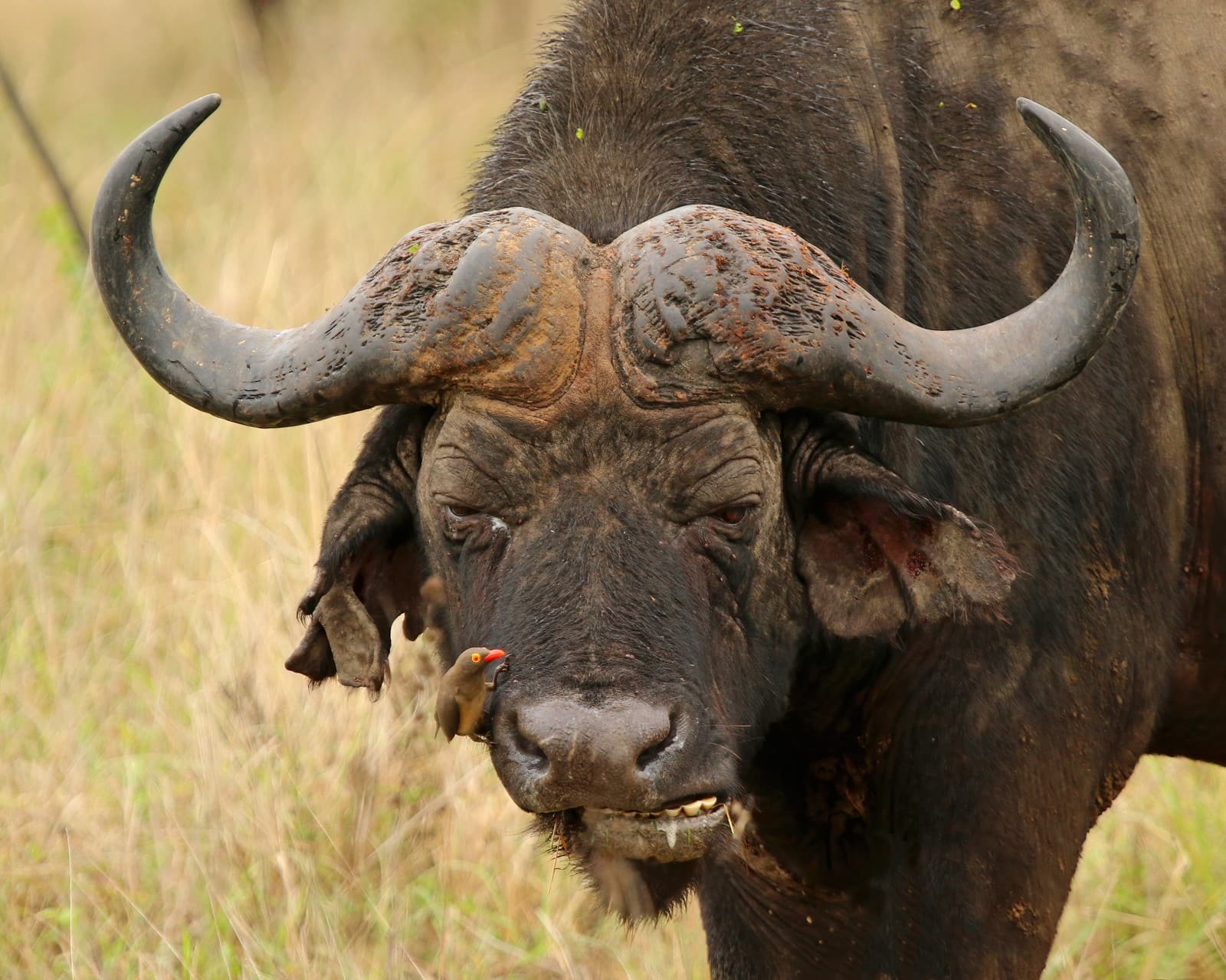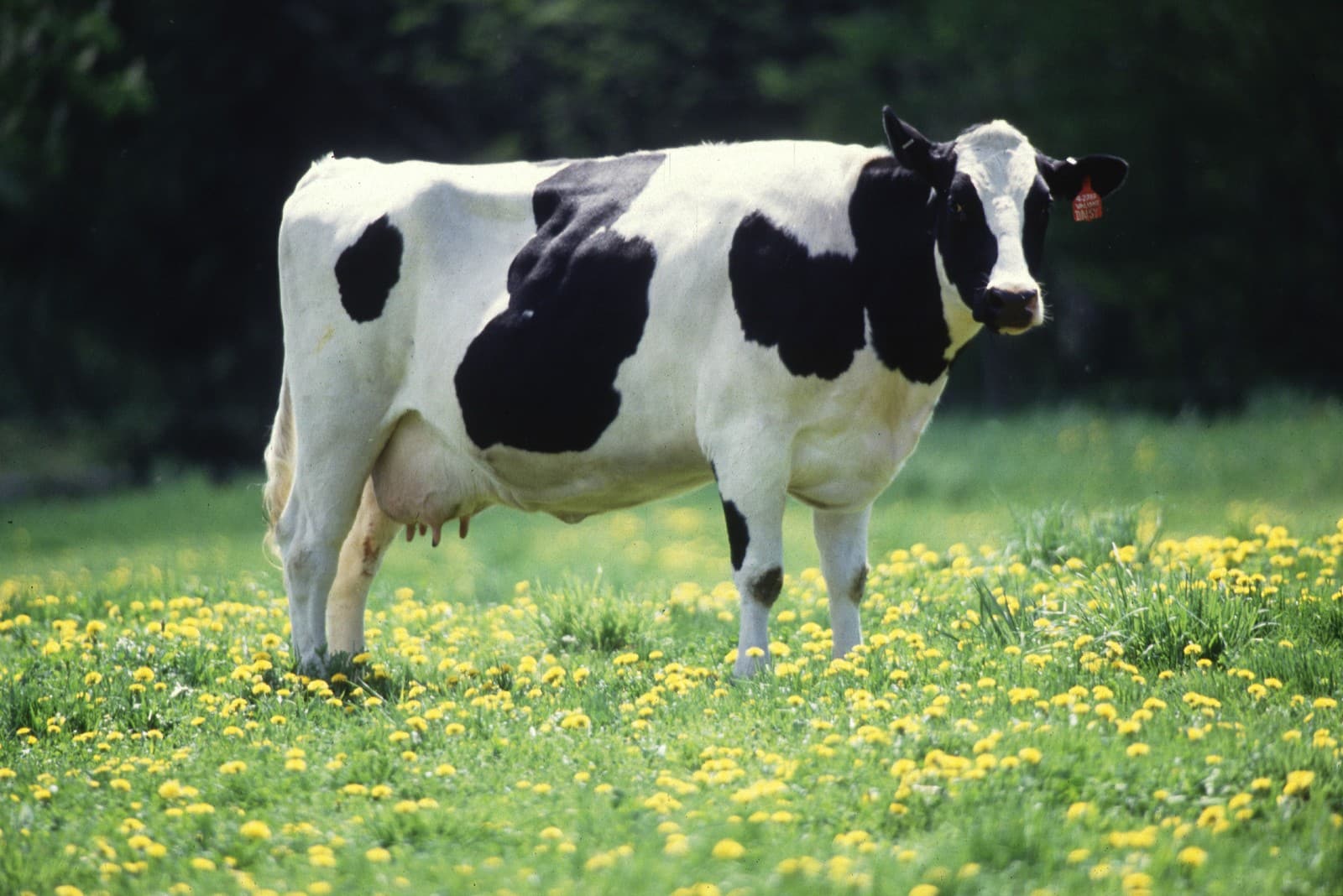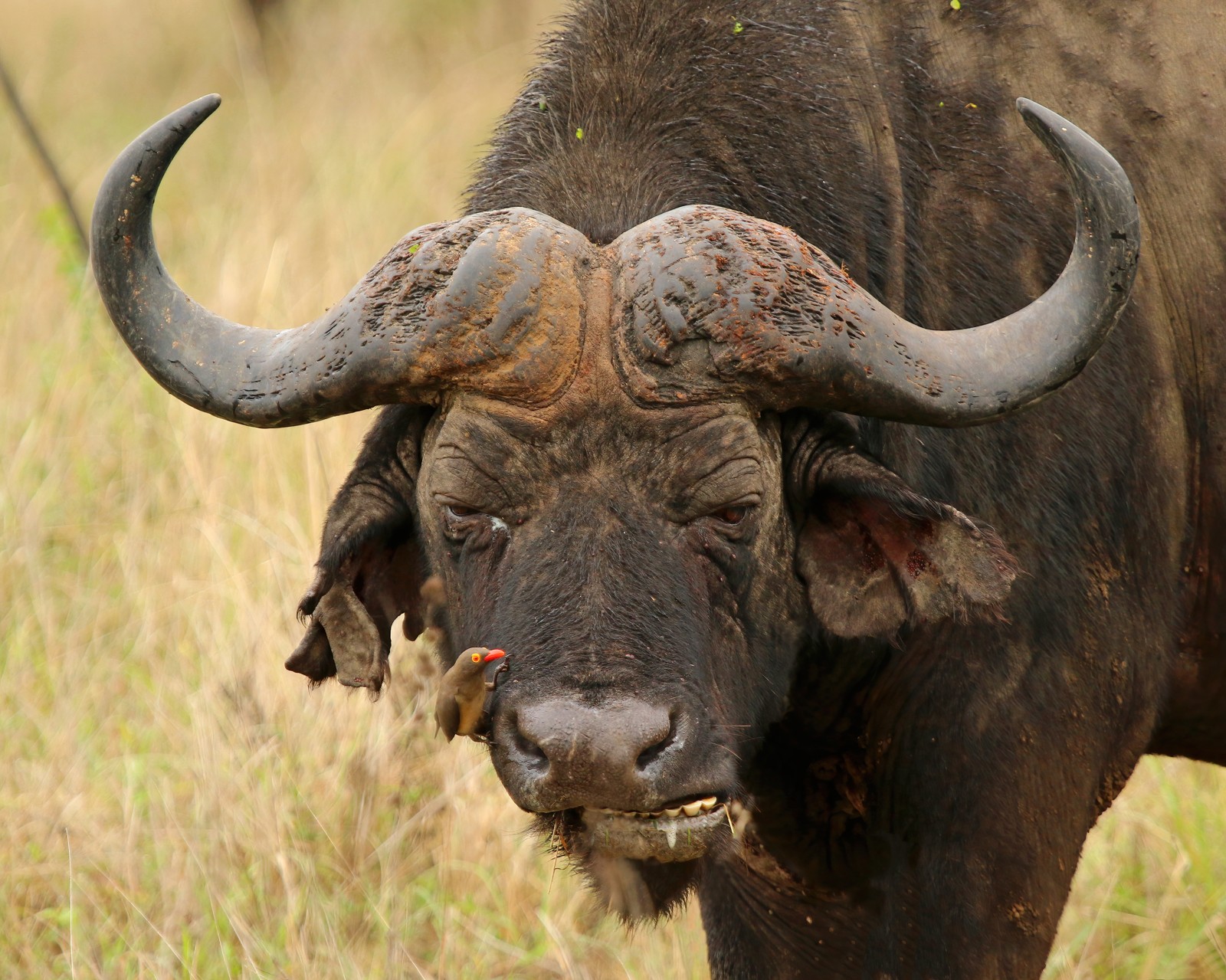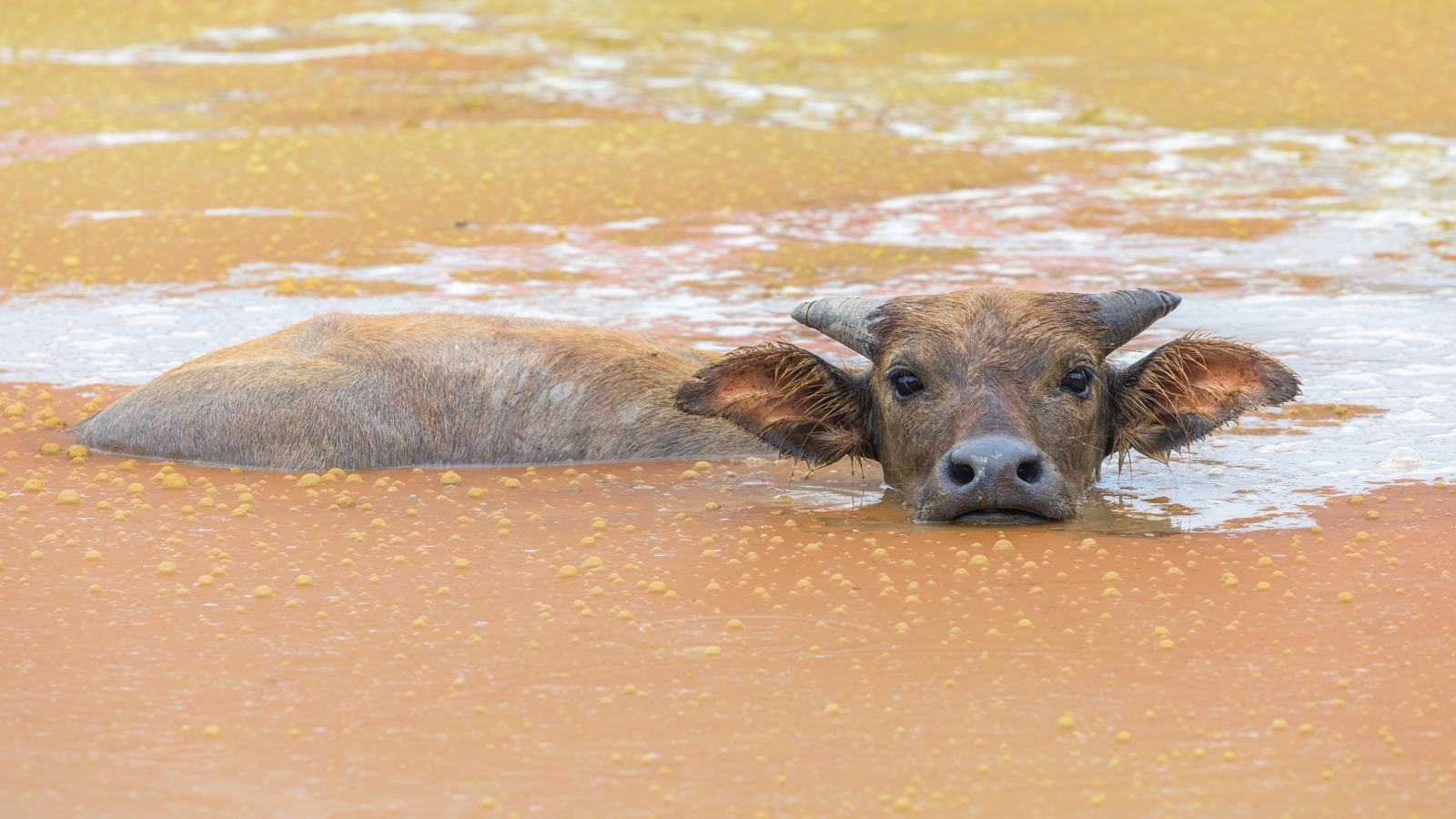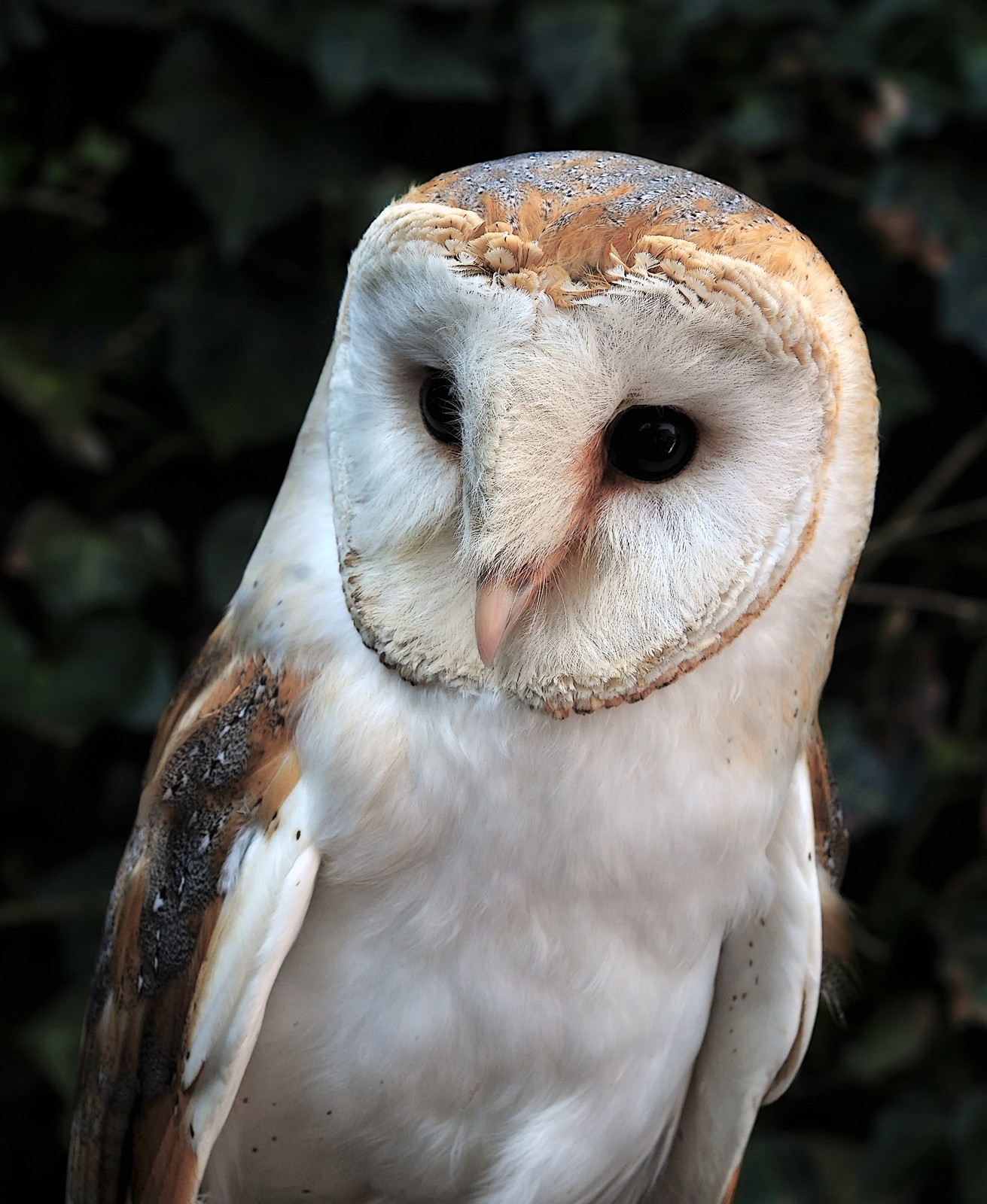Dromedary vs Bactrian Camel: A Complete Comparison
The most striking difference between Dromedary and Bactrian camels lies in their distinctive humps: Dromedaries possess a single hump, while Bactrian camels feature two prominent humps. These remarkable desert specialists have evolved distinct characteristics based on their native ranges, with Dromedaries adapting to the scorching Arabian deserts and Bactrian camels surviving the extreme temperature variations of Central Asia’s steppes.
In terms of size, Bactrian camels typically outweigh their single-humped cousins, reaching weights of up to 2,200 pounds (1,000 kg) compared to the Dromedary’s maximum of 1,600 pounds (725 kg). Despite their differences, both species share incredible adaptations that allow them to thrive in some of Earth’s most challenging environments.
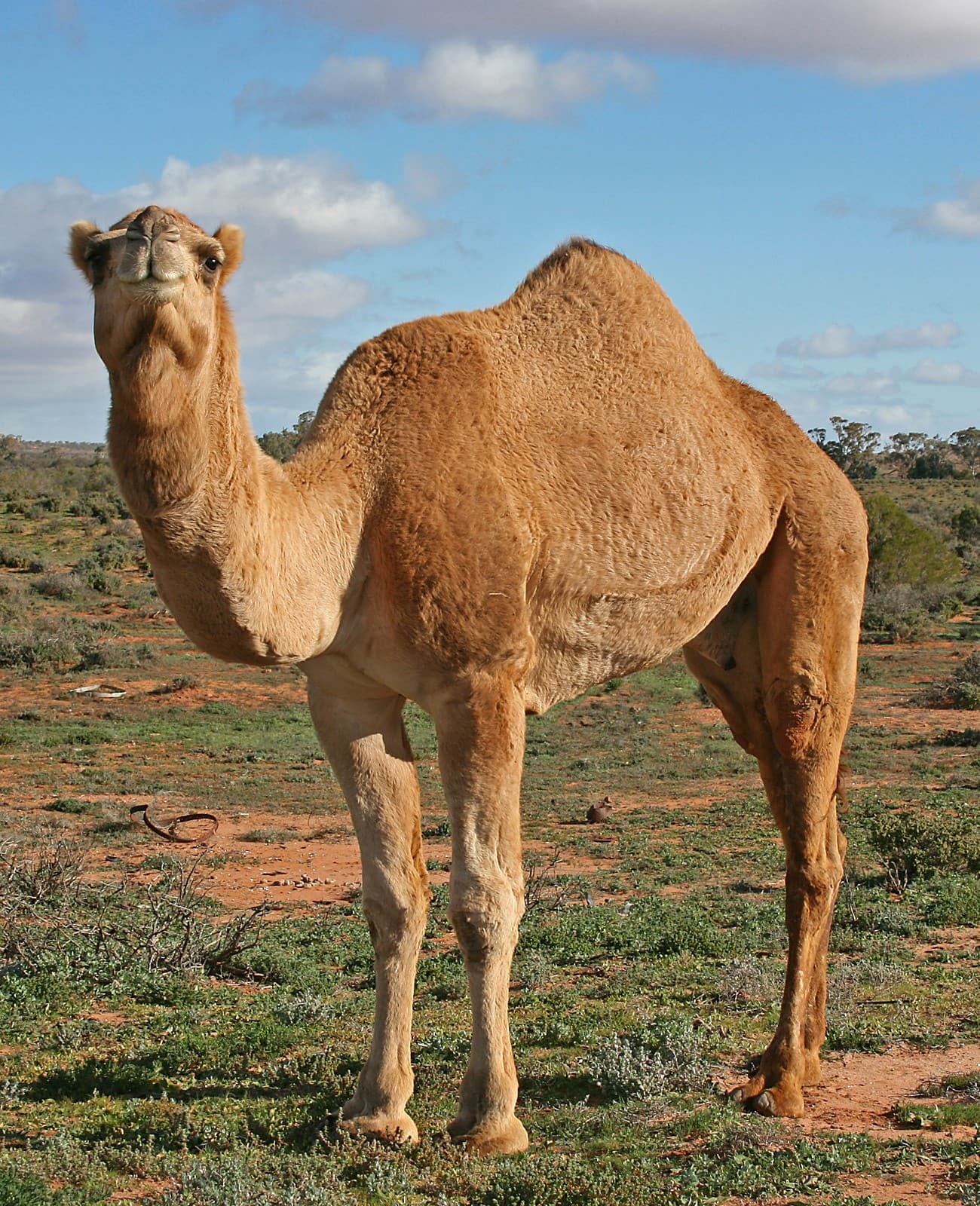
© Jjron / CC BY-SA 3.0
The Dromedary camel, with its iconic single hump, exemplifies desert adaptation. This specimen demonstrates the species’ characteristic lean build and lighter coat, perfectly suited for the intense heat of its native range.

© Alexandr frolov / CC BY-SA 4.0
The Bactrian camel’s distinctive double humps and thick winter coat are clearly visible in this image, showcasing its adaptation to the harsh continental climate of Central Asia.
Key Differences Between Dromedary and Bactrian Camels
| Feature | Dromedary Camel | Bactrian Camel |
|---|---|---|
| Humps | Single hump | Double humps |
| Weight | 880-1,600 lbs (400-725 kg) | 1,100-2,200 lbs (500-1,000 kg) |
| Height | 6-6.6 ft (1.8-2 m) | 5.9-7.5 ft (1.8-2.3 m) |
| Habitat | Hot deserts | Cold deserts and steppes |
| Coat | Short, light | Long, shaggy |
| Temperature tolerance | Up to 120°F (49°C) | -20°F to 100°F (-29°C to 38°C) |
Habitat and Distribution
Dromedary camels have evolved to thrive in the hot deserts of North Africa and the Arabian Peninsula, though they’re now extinct in the wild except for feral populations in Australia. Their single hump and specialized adaptations allow them to endure extreme heat and prolonged periods without water.
Bactrian camels, conversely, inhabit the cold deserts and steppes of Central Asia, particularly in the Gobi Desert and Mongolia. Their two humps and thick winter coat enable survival in temperatures ranging from scorching summers to freezing winters.
Physical Adaptations
Hump Differences and Functions
The most obvious distinction in the Dromedary camel vs Bactrian camel comparison lies in their humps. These structures store fat—not water, as commonly misconceived—providing both energy reserves and insulation. Dromedaries concentrate this storage in one hump, while Bactrian camels distribute it between two, potentially offering better insulation against cold.
Coat and Climate Adaptation
Bactrian camels develop extremely thick, shaggy coats during winter, which they shed in large clumps as temperatures rise. This adaptation is crucial for surviving temperature extremes from -20°F to 100°F (-29°C to 38°C). Dromedaries maintain a shorter, lighter coat year-round, reflecting their adaptation to consistently hot climates.
Behavioral Differences
Both species display remarkable adaptations to their respective environments, but their behavioral patterns differ significantly. Dromedaries can drink up to 30 gallons (113 liters) of water in just 13 minutes, while Bactrian camels typically drink less but more frequently due to greater water availability in their native range.
Conservation Status
Wild Dromedary camels are extinct in their native range, existing only as domesticated or feral populations. In contrast, wild Bactrian camels are critically endangered, with fewer than 1,000 individuals remaining in the Gobi Desert, making them among the rarest mammals on Earth.
Who Would Win in a Confrontation?
While direct confrontations between these species rarely occur, Bactrian camels would likely have an advantage in physical contests due to their greater size and weight. However, both species are generally peaceful, using aggressive displays only during mating season or when threatened.
The true measure of these remarkable animals lies not in theoretical confrontations but in their incredible adaptations to some of Earth’s most challenging environments. Their distinct evolutionary paths have produced two equally impressive but uniquely adapted species, each perfectly suited to its native habitat.


